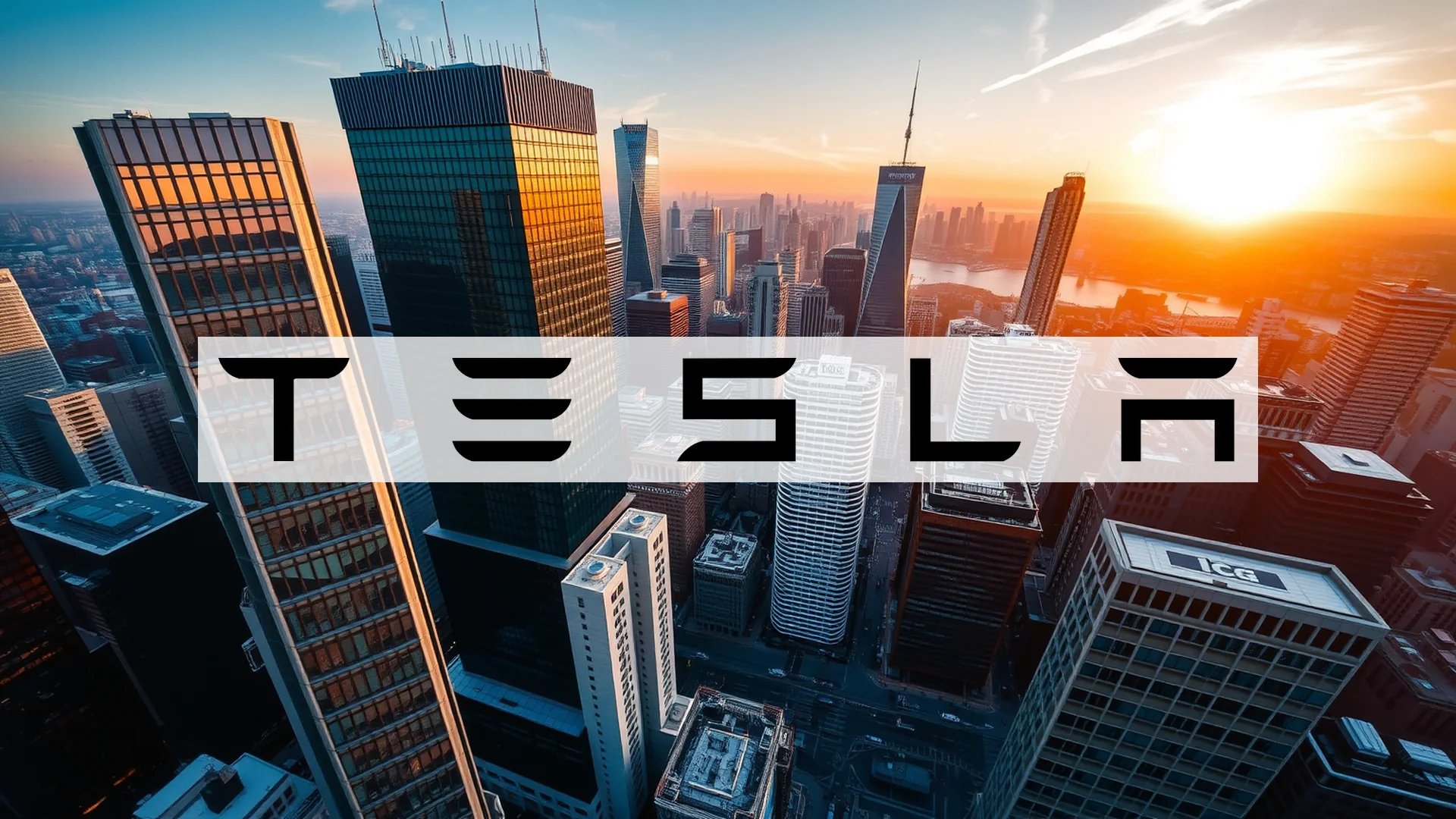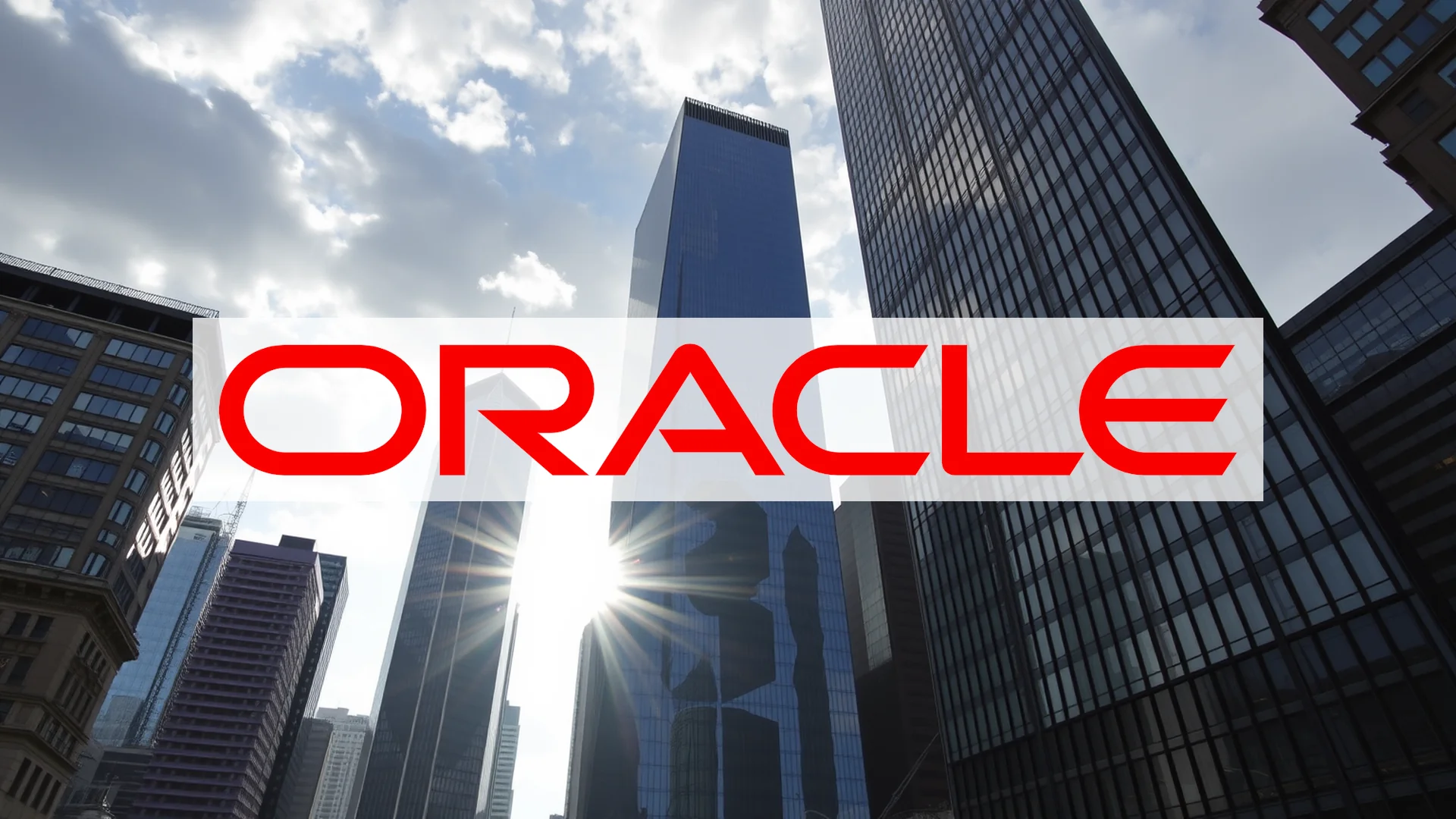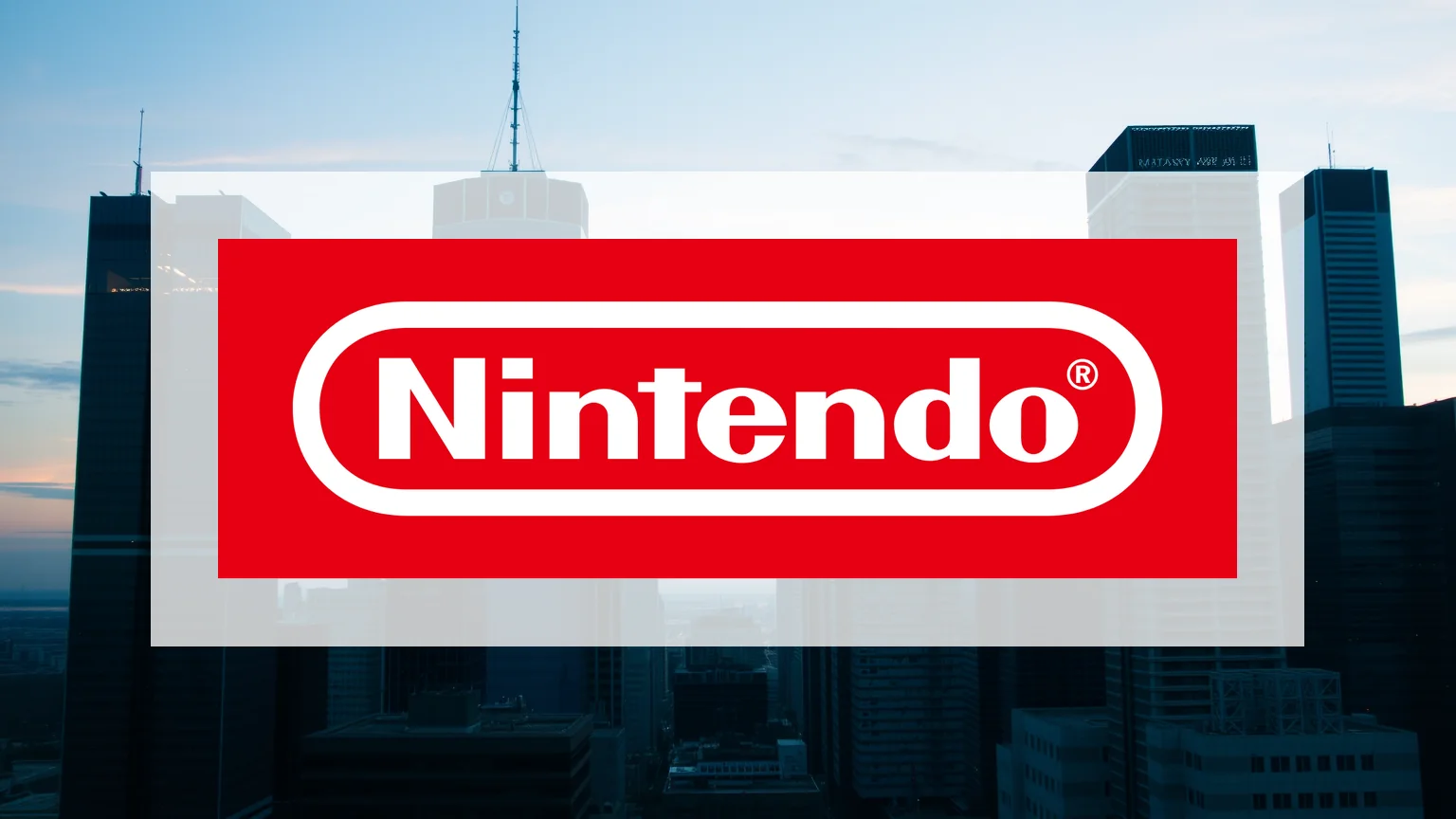Tesla is signaling a dramatic strategic realignment across three core operational areas, marking a significant departure from its established playbook. After years of prioritizing proprietary technology and self-reliant supply chains, emerging reports suggest a fundamental shift in corporate direction. This raises a critical question for investors: is the electric vehicle pioneer implementing a shrewd survival tactic, or revealing underlying vulnerabilities?
Pragmatism Over Principle: A New Era for Tesla
This triple-threat strategy adjustment does not emerge in a vacuum. A confluence of factors—including softening sales in the critical Chinese market, the departure of key executives, and intensifying competitive pressures—is compelling Tesla to recalibrate its approach. The company appears to be entering a new phase, moving away from disruptive growth-at-all-costs toward a focus on operational resilience and broader market acceptance. The investment community is now left to ponder whether this pragmatic turn will be rewarded or interpreted as a sign of weakness.
Supply Chain Overhaul: Navigating Geopolitics and Incentives
The most striking change involves a profound restructuring of Tesla’s U.S. supply chain. The automaker is reportedly instructing its suppliers to eliminate Chinese-made components from vehicles manufactured in America. This decisive move is a direct response to the persistent trade tensions between the U.S. and China.
The underlying calculation is clear: by ensuring compliance with local content requirements, Tesla secures access to lucrative federal electric vehicle subsidies. However, this strategic benefit comes with potential downsides. The transition threatens to increase production costs and could lead to supply bottlenecks, potentially squeezing profit margins in upcoming financial quarters.
Embracing CarPlay: A Shift in Infotainment Philosophy
In a move that would have been unthinkable for Tesla until recently, the company is now considering the integration of Apple CarPlay. For years, Tesla defended its closed, proprietary infotainment ecosystem as a key competitive differentiator. The apparent reversal indicates that competitive pressure from both legacy automakers and new EV brands has reached a tipping point.
Should investors sell immediately? Or is it worth buying Tesla?
This concession highlights Tesla’s increasing need to actively court customers. Seamless smartphone integration has evolved into a decisive purchasing factor for a growing number of car buyers. During a period of tempered demand, opening the system to CarPlay could provide the crucial stimulus needed to reinvigorate sales.
Transparency Initiative Amid Regulatory Scrutiny
Simultaneously, Tesla has released its most detailed safety report to date, focusing on the performance of its Autopilot and Full Self-Driving (FSD) systems. The message is unambiguous: the company aims to counter critics and reassure regulators with hard data.
Preliminary indications from the report suggest that vehicles operating with Autopilot engaged are involved in fewer accidents per mile driven. For Tesla, this transparency campaign is vital; the company’s market valuation is heavily dependent on the success and public perception of its autonomous driving technology.
The markets will deliver an initial verdict when trading resumes on Monday. Investor attention will be sharply focused on the proposed timeline for CarPlay integration and the projected financial impact of the supply chain restructuring. The true measure of success for Tesla’s strategic revolution will become clearer with the release of the next quarterly results in January 2026.
Ad
Tesla Stock: Buy or Sell?! New Tesla Analysis from November 16 delivers the answer:
The latest Tesla figures speak for themselves: Urgent action needed for Tesla investors. Is it worth buying or should you sell? Find out what to do now in the current free analysis from November 16.
Tesla: Buy or sell? Read more here...











